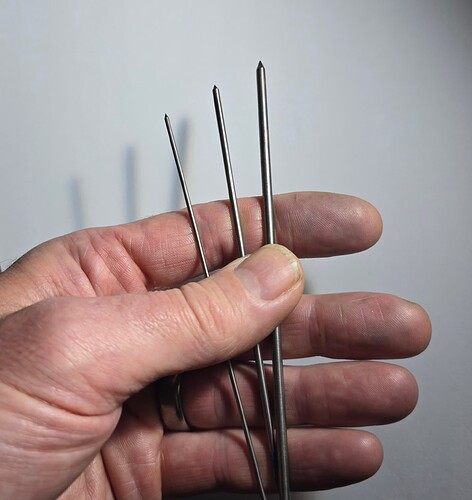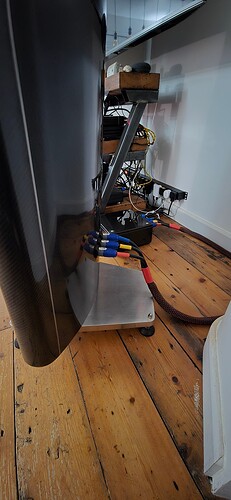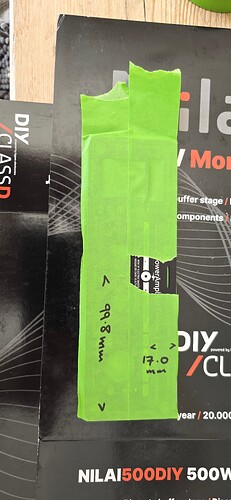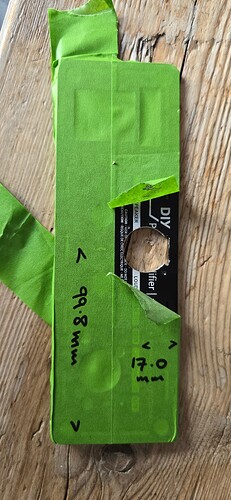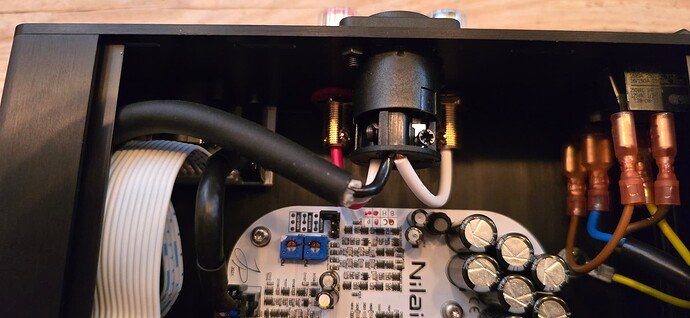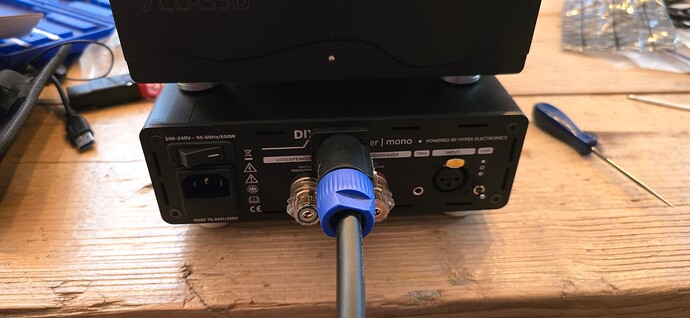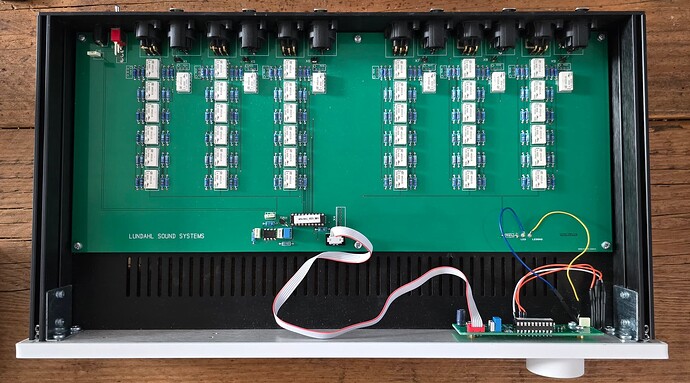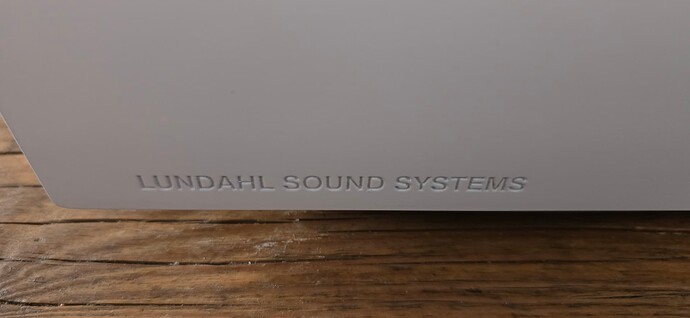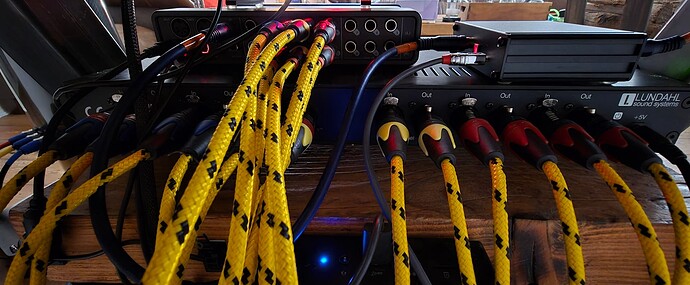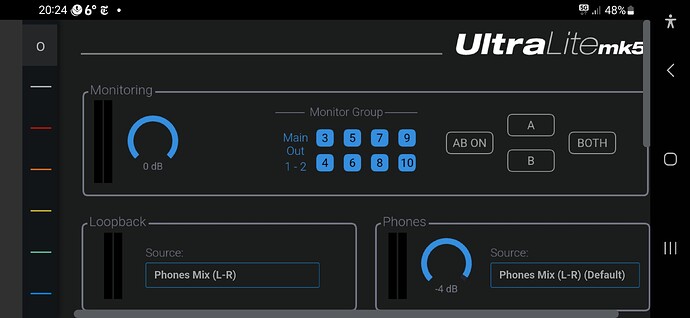For the active crossover, I’ve decided to take a deep dive into Acourate. It’s apparently the best solution out there, but far from the most user friendly.
Acourate generated filters can be run via Muse in Roon, but… The best way to host those filters outside of Roon is with Mitch Barnett’s Hang Loose Convolver.
My HiFi listening room is our lounge. Mrs MS tolerates the acoustic treatments - somewhat balanced by enjoying TV sound via the HiFi.
So the active filters need to be available to both music and TV. Hence, the use of Roon’s Muse was not an option here.
A lot of head-scratching was involved. A way of dealing with the TV’s 48/16 TOSLINK and the output from my RPi4B RoPieee Roon endpoint was needed. Also, a multi-channel DAC wasn’t appropriate here, rather a multi-channel interface was needed.
Additionally, a means of easily switching between the two was required.
The solution was a S/PDIF autoswitcher taking the output from the TV and switching it with the coax output from a JustBoom Digi HAT connected to the RPi feeding the S/PDIF input of a Motu Ultralite Mk 5. The Motu has up to 10 balanced outputs configurable between Hang Loose Convolver and Motu’s CueMix 5 software.
S/PDIF input on the Motu is limited to 96/24, but as I’m 54 and my hearing tops out at 16 kHz, anything more is superfluous.
Great!
The next challenge was controlling the volume. The Motu has a variable output (in the digital domain) controllable from the “MAIN VOL” knob on the front panel, but no means of remote control, so a means of controlling the 6-channel outputs remotely was required.
The only currently available solution is the Lundahl VC2361. Although entirely passive in its construction (relay-switched precision resistors), input and output impedances are such that with sensible equipment, absolute transparency is assured.
Everything is hooked up via interconnect spaghetti:
Now all that remains is a big suite of measurements to generate the linear phase crossover filters.
